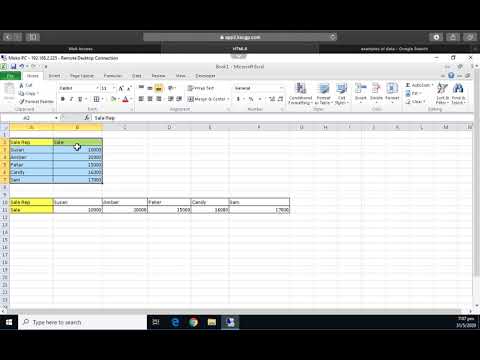Search Excel Sheets Like a Pro: Tips and Tricks

Understanding the Power of Excel Search

Excel has long been a powerhouse for organizing and analyzing data, but did you know that mastering its search capabilities can transform your data management workflow? In this article, we’ll delve into how you can leverage Excel’s search features to enhance your productivity, save time, and improve accuracy.

Basic Search Techniques

Before we dive into more advanced methods, let’s cover the fundamental ways to search in Excel:
- Search Command: Press Ctrl + F to open the Find and Replace dialog. Here, you can input your search term.
- Filter: Use Excel’s Filter feature to quickly find data based on specific criteria. Click on the arrow in the header of the column you want to search, then choose the options to filter by.
- Find All: In the Find dialog, click “Find All” to list all occurrences of your search term.
- Ctrl + G: Navigate to the next match in your list.
- Find Next: Move to the next instance of your search term.
- Find Previous: Scroll back to the previous instance of the term.
👉 Note: Remember, basic searches work best for simple text matches but might not be optimal for complex searches or searches across multiple sheets.
Advanced Search Functions

Excel’s advanced search functions allow you to harness the true potential of your data:
VLOOKUP and HLOOKUP

VLOOKUP: Searches for a value in the first column of a table and returns a value from the same row in a specified column.
<table border="1"> <tr> <th>Lookup Value</th> <th>Table Array</th> <th>Column Index Number</th> <th>Range Lookup</th> </tr> <tr> <td>ID</td> <td>A2:B10</td> <td>2</td> <td>FALSE</td> </tr> </table>HLOOKUP: Similar to VLOOKUP but searches horizontally in the top row of a table.
👉 Note: Using FALSE for the range lookup parameter ensures an exact match, preventing errors from partial matches.
INDEX and MATCH

- INDEX: Returns the value of a cell at the intersection of a specified row and column within a range.
- MATCH: Searches for a specified item in a range and returns the relative position of that item.
Combining these two functions allows for a more dynamic search, where you can change the lookup value or the search area.
Utilizing Macros for Complex Searches

When dealing with extensive datasets or complex search criteria, Excel macros can streamline your search process:
<img src="search-excel-tips-02.jpg" alt="Excel Macro for Search" title="Excel Macro for Search" style="width:100%; max-width:600px;">
- Create a Search Macro:
- Open VBA by pressing Alt + F11.
- Insert a new module and write your search macro code to automate searches across sheets.
Key Features of a Search Macro

- Automate filtering and finding operations.
- Search for specific patterns or conditions within cells.
- Highlight or format cells meeting search criteria.
- Integrate with other Excel functionalities like sorting or data validation.
Notes on Best Practices

- Case Sensitivity: Use the “Match case” option for case-sensitive searches.
- Wildcard Characters: Use
*for multiple characters and?for a single character in your search terms. - Regex: For more complex pattern matching, consider integrating VBA with regex capabilities.
👉 Note: Using macros and advanced functions require some proficiency in VBA, but the payoff in terms of time-saving and precision can be substantial.
Here, we summarize the key points for using macros:
- VBA Knowledge: While basic VBA for search macros might be simple, advanced macros can leverage Excel’s capabilities fully.
- User Interaction: Design macros with prompts or forms for easier interaction.
- Error Handling: Implement error checks to ensure robustness in your search macros.
Wrapping Up

By now, you should have a solid foundation in enhancing your Excel search skills. Whether you’re using basic search techniques, diving into functions like VLOOKUP, or exploring the potential of VBA macros, Excel offers a range of tools to streamline data analysis. With these strategies in place, your ability to navigate through vast amounts of data will be significantly improved, allowing you to derive insights quickly and accurately.
What are the advantages of using macros for searching in Excel?

+
Macros automate repetitive tasks, enable complex searches across sheets, customize search operations, and integrate with other functionalities for enhanced data handling.
Can Excel search functionality handle wildcards?

+
Yes, Excel supports wildcard searches with * for multiple characters and ? for a single character.
What is the difference between VLOOKUP and MATCH/INDEX for searches?

+
VLOOKUP is more rigid and requires exact column positioning, while MATCH/INDEX offers more flexibility, allowing searches from any position in the table and dynamic range references.